Leaf color changes can stem from two main reasons: Variegation or viral infection. Though both can create captivating patterns, knowing the difference is crucial. Variegation is a genetic quirk, while a virus causes infection. In this blog post, Xanh Xanh Urban Forest dives into the similarities and differences between these two phenomena. We’ll also share helpful tips for distinguishing between them.
Table of Contents
1. What is variegation?
Have you ever noticed a plant with leaves that seem to be painted with a magical brush? Variegation, a synonym for this imaginative touch, is actually a natural trick performed by the genes of the plant. It happens when a little change in DNA in the plant causes a lack of chlorophyll, the substance that is responsible for the iconic hue of leaves. As a result, the leaves develop captivating patches of white, yellow, or even other vivid hues that give the plant a whimsical touch. Not only is variation a rare delight, but it may be found in an unexpected range of plants, from lovely shrubs and imposing trees to comfortable houseplants.
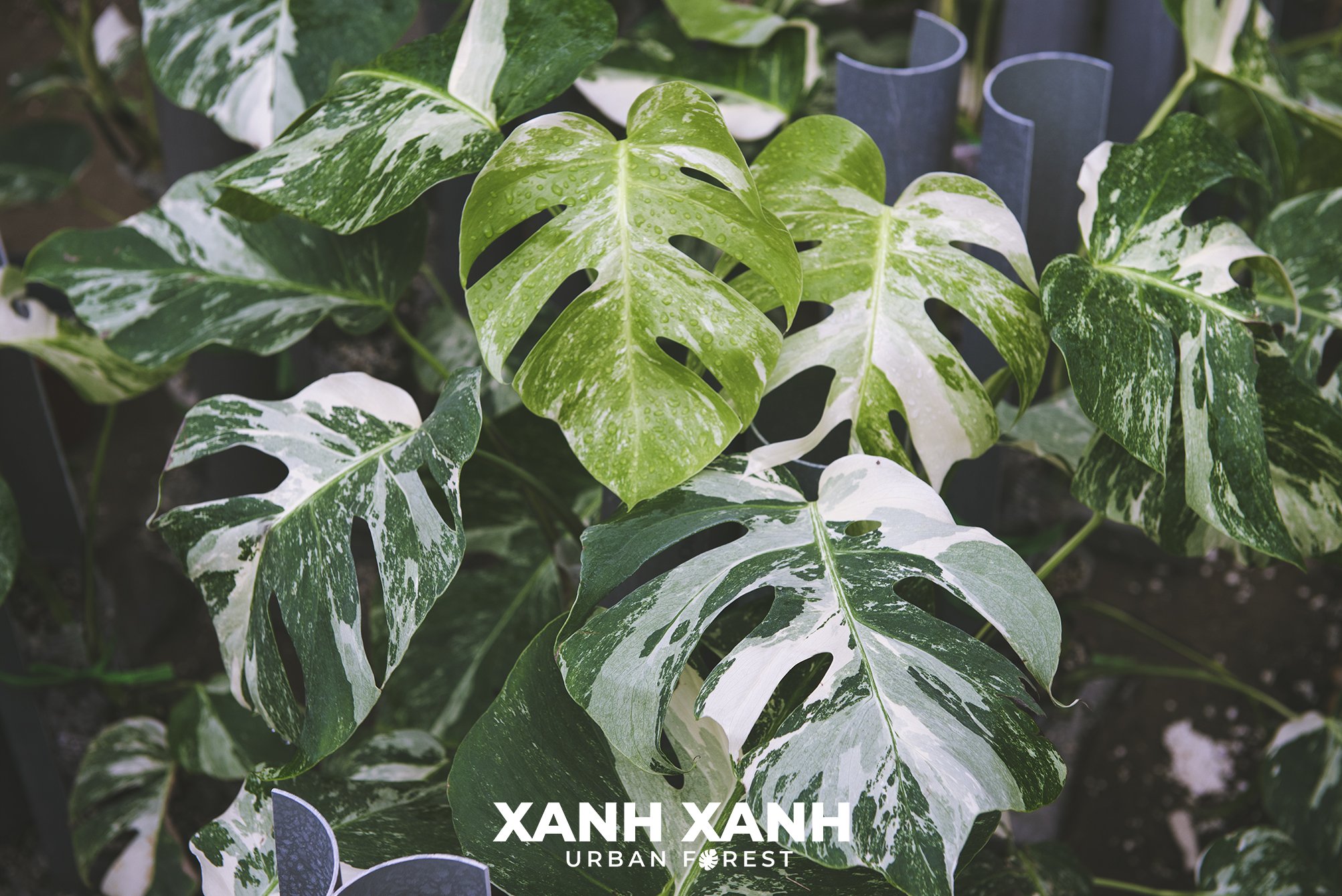
2. What is viral infection?
Sometimes, plants get sick and develop leaves with strange colors or unusual patterns. It might be a sign of a viral infection, where a tiny invader called a virus has taken up residence in the plant’s cells. Unlike natural color changes, these patterns are a cry for help against the virus’s grip. And just like the common cold, these viruses can be passed on through touch, be it from the plant itself, insects buzzing by, or even the tools we use to care for them.
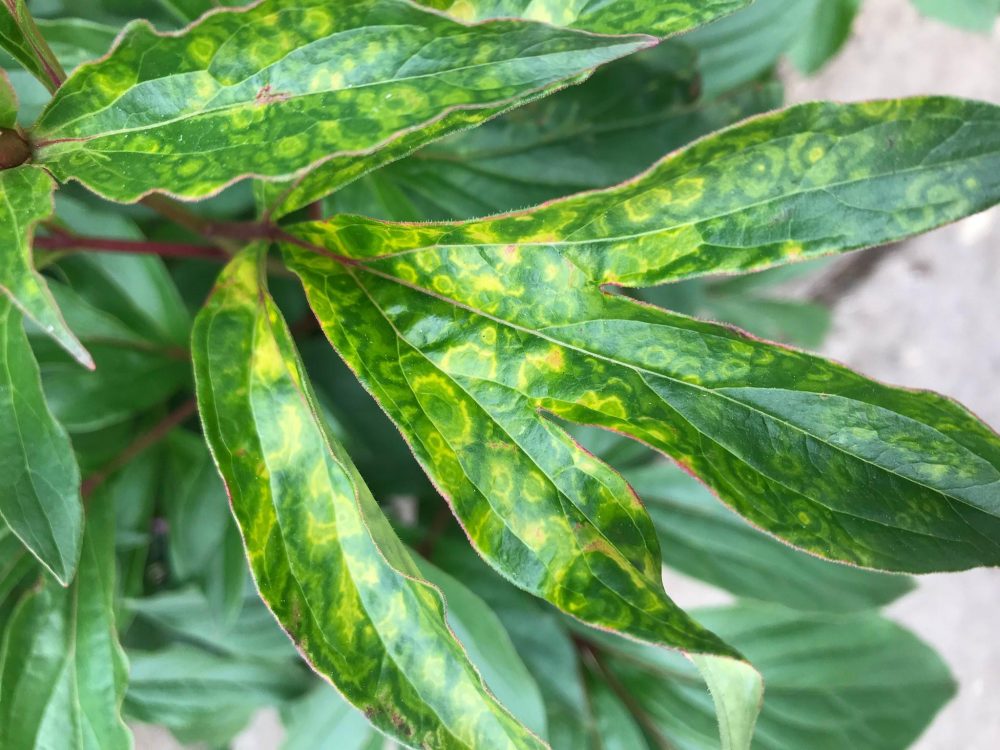
3. Similarities between variegation and viral infection
Despite their differences, there are some similarities between variegation and viral infection. Both can cause leaves to have different colors or patterns. Differentiating between the two can be challenging in some situations.
4. Differences between variegation and viral infection
Plants can exhibit fascinating visual changes, some captivating and others concerning. Though they have different causes and potential consequences for plant health, both viral infection and variation can result in leaves developing distinct hues or patterns.
4.1. Origins
The root of the matter lies in their underlying causes. Variegation stems from genetic mutations within the plant itself. These changes mess with how color-giving things like chlorophyll are spread out. This is what makes the plant have those splotchy colors we see. On the other hand, some plant diseases are caused by tiny bugs called viruses. These sneaky invaders get inside plant cells and take over their tools to make more of themselves and spread.
4.2. Transmission
The way these conditions spread tells another story. Variegation is not contagious. The mutated genes are passed down through reproduction, but they cannot jump from one plant to another. Viral infections, however, are highly contagious. Viruses can be transmitted through physical contact, shared tools, or even insect vectors, rapidly moving from plant to plant.
4.3. Impact on Plant Health
Perhaps the most critical difference lies in their effect on the plant’s well-being. Variegation, while affecting pigmentation, typically doesn’t harm the plant’s overall health. In some cases, it may even enhance its ornamental value. Viral infections, however, are often detrimental. They can weaken plants, stunt growth, cause leaf distortion, and even lead to death.
Our understanding of plants’ remarkable diversity is enhanced when we investigate the contrasts among them, including how they become ill, how their diseases spread, and how they interact. We also start to realize how dangerous viral infections can be at this point. We may choose wisely how to take care of our plants and keep them healthy and vibrant with the knowledge this gives us.
If you ever suspect your plant might have a viral infection, it’s crucial to immediately isolate it from other plants and seek professional guidance. This swift action can help prevent the illness from spreading further.
5. How to encourage variegation in your plants
Variegated plants, so named because of their striking patterns and brilliant color patches, have a certain allure for people who enjoy having greenery all about them. Although these vivid bursts are frequently a plant’s innate peculiarity, there are a few easy steps you can take to encourage your green companions to display their colorful side even more.
Consider choosing plant species that are naturally prone to variegation. Monsteras, Philodendrons, and Alocasias are popular choices for adding a touch of the tropics to your home. These tropical stunners offer stunning foliage, with dazzling streaks of white, cream, or yellow dancing among deep green leaves. Just remember, some individuals within these species might show less vibrant markings than others, so keep your eyes peeled for the plants with the most captivating patterns.
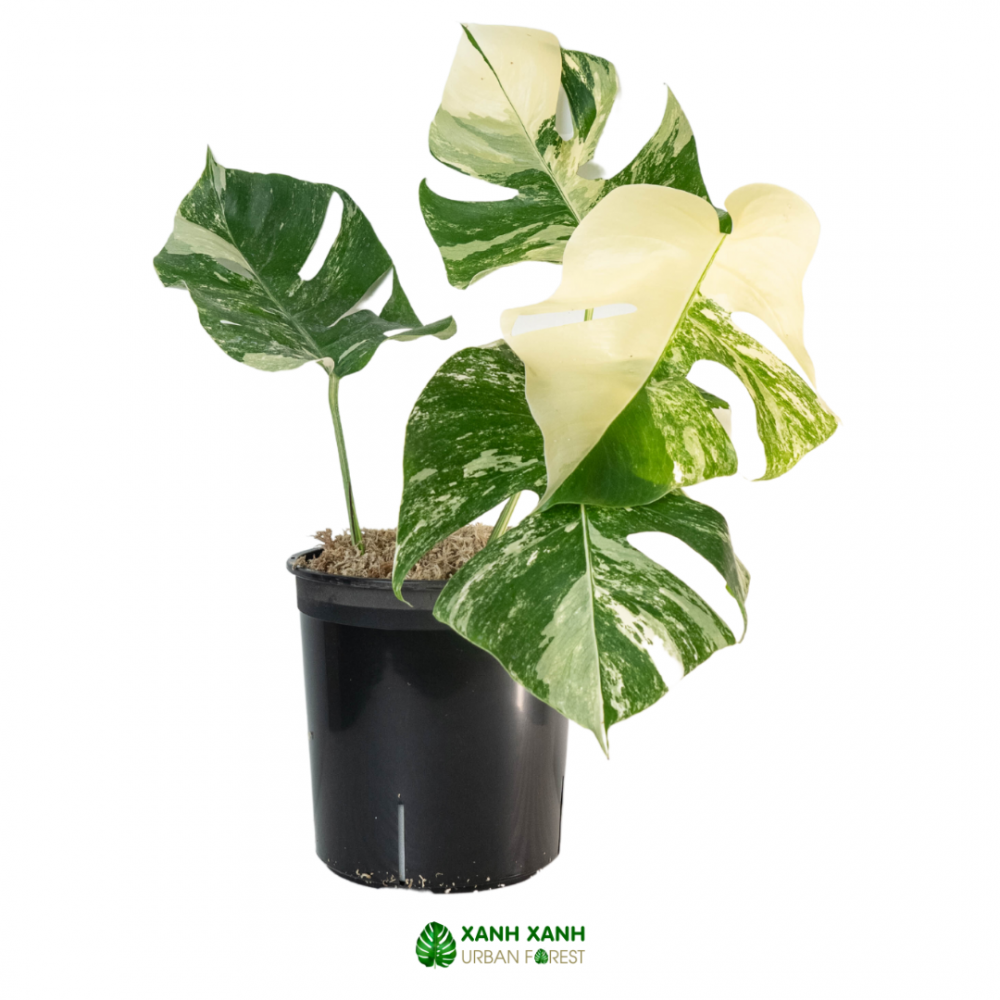
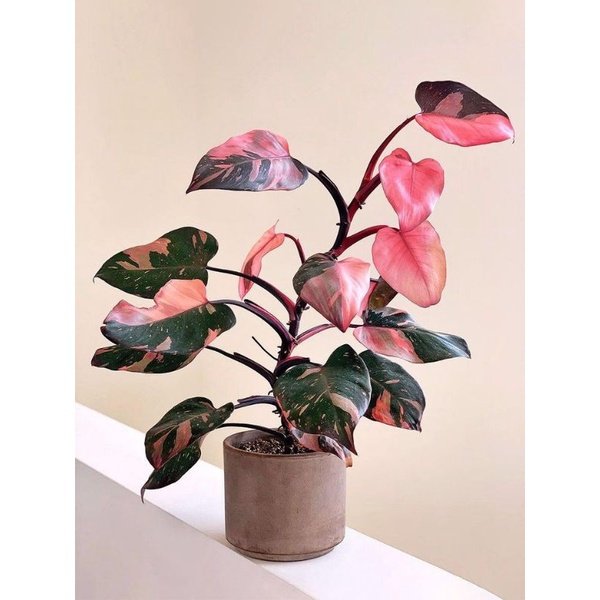
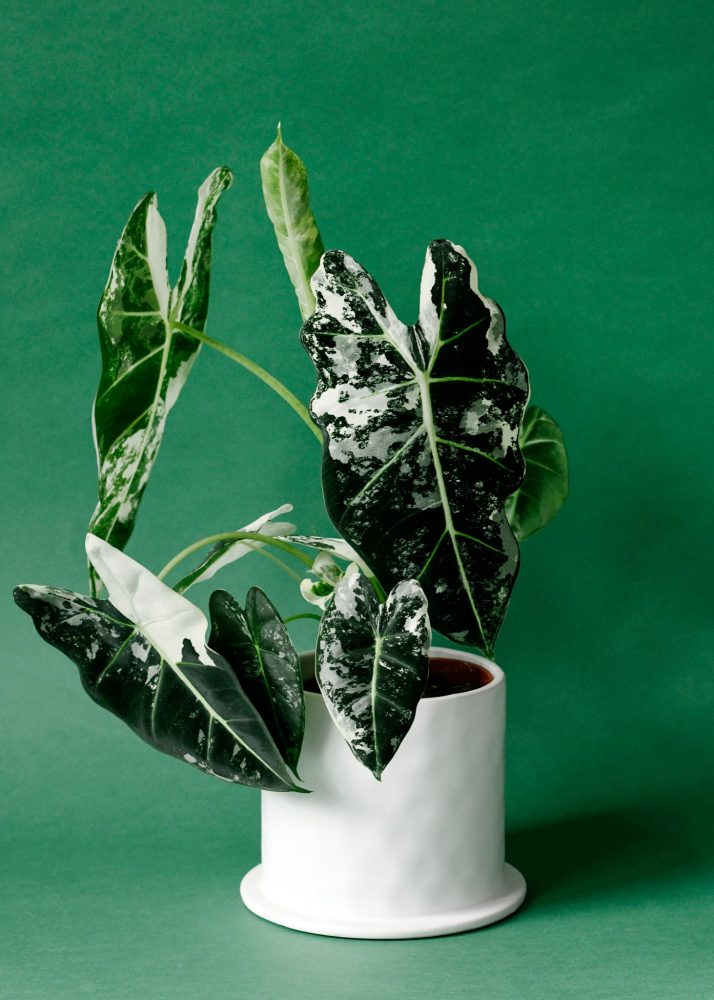
Provide your variegated plants with optimal growing conditions. Sunlight is like magic for many colorful plants, helping them show off their dazzling patterns. But too much sun can be a bully, burning their delicate leaves. The trick is finding the right balance: bright, gentle light, like sunshine through a curtain, is the happy medium. Remember, every plant has its own preferences for temperature and humidity, so be sure to give them just what they need to thrive.
Consider propagating variegated plants from cuttings. While not a guaranteed method, carefully selecting cuttings with pronounced variegation can increase the chances of the new plant exhibiting similar patterns. Remember, patience is crucial, as new leaves may initially appear less variegated than the parent plant. With proper care and observation, you may witness the emergence of stunningly unique leaves over time.
Transform your home into a vibrant canvas with the magic of a variety of plants! By carefully selecting the right ones, pampering them with optimal care, and learning the secrets of propagation, you can witness nature’s dazzling color show unfold right in your living room.
6. Conclusion
Two different phenomena that can give plants different-colored or patterned leaves are variegation and viral infection. Knowing the difference between the two will help you take better care of your plants. You may promote variegation in your plants and take pleasure in their stunning leaves for many years to come with a little care and attention.
Contact us with any questions:

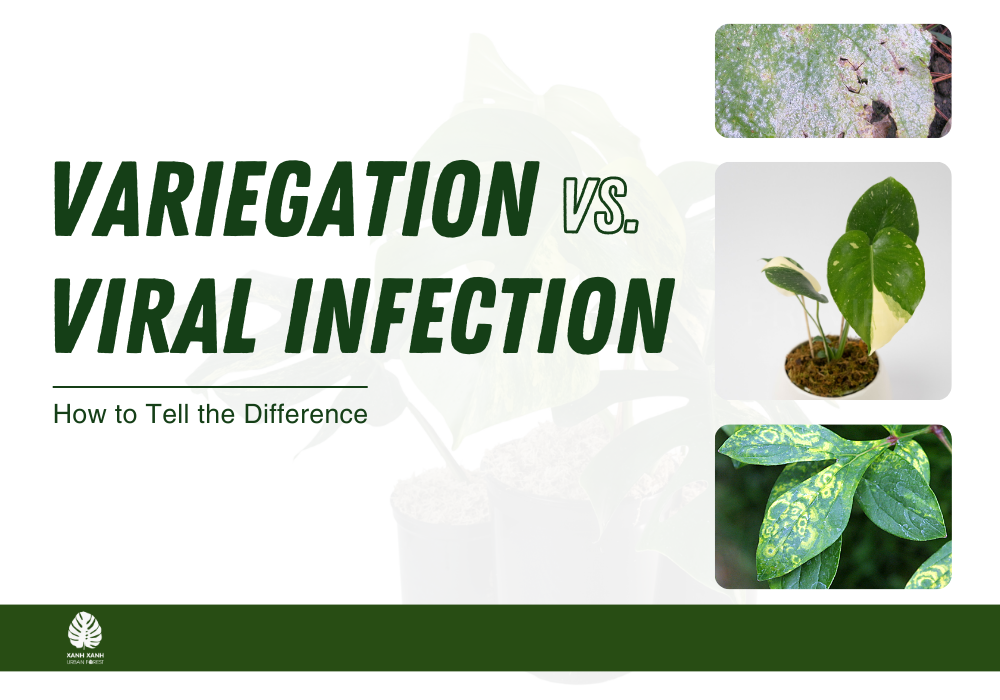
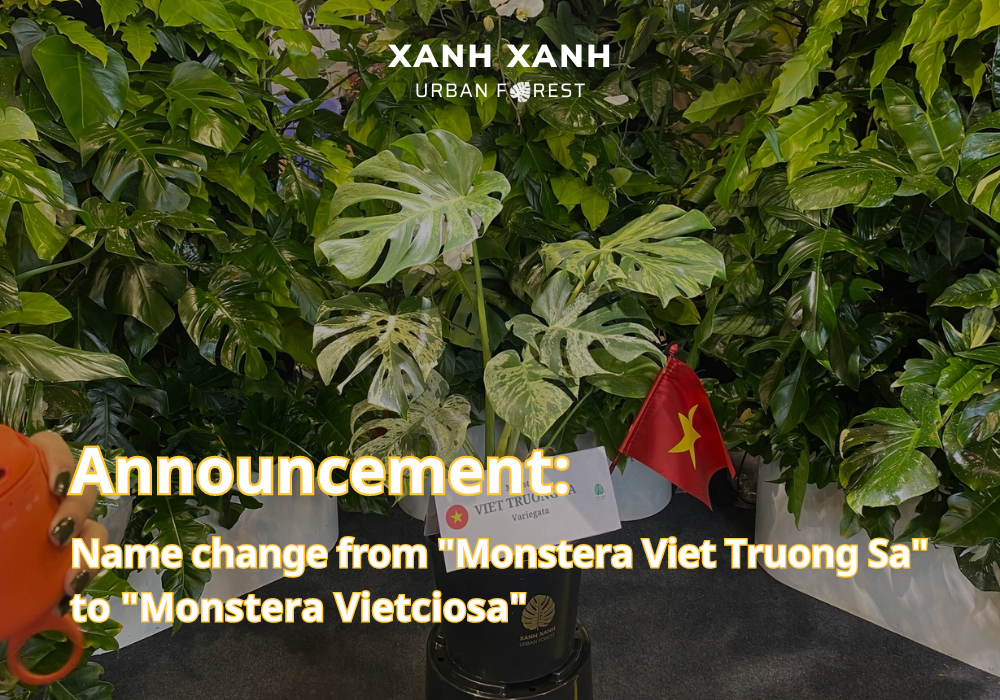
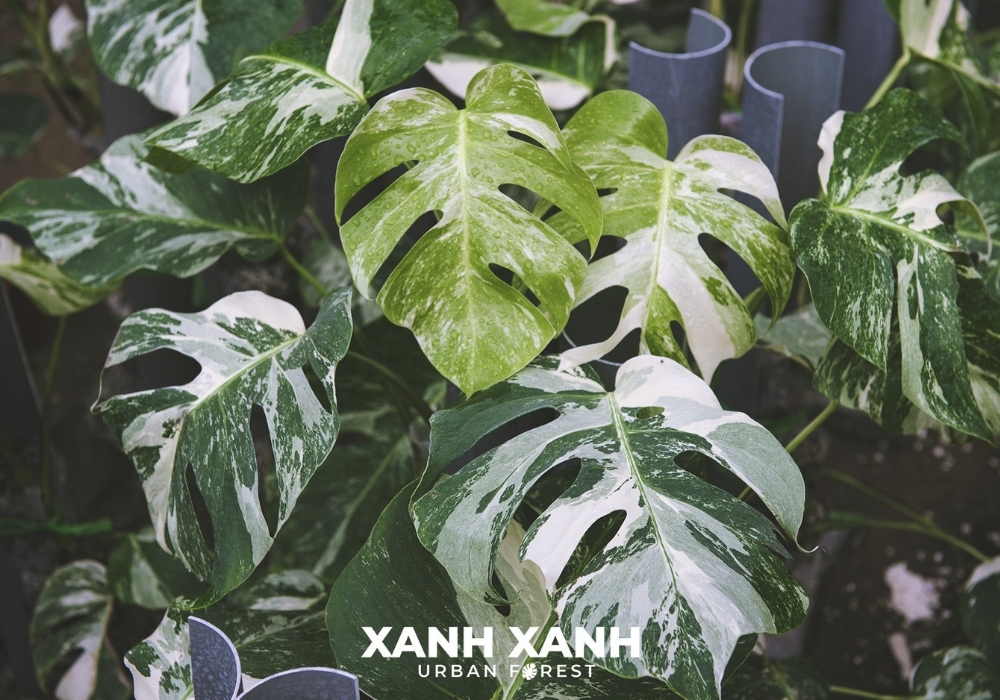

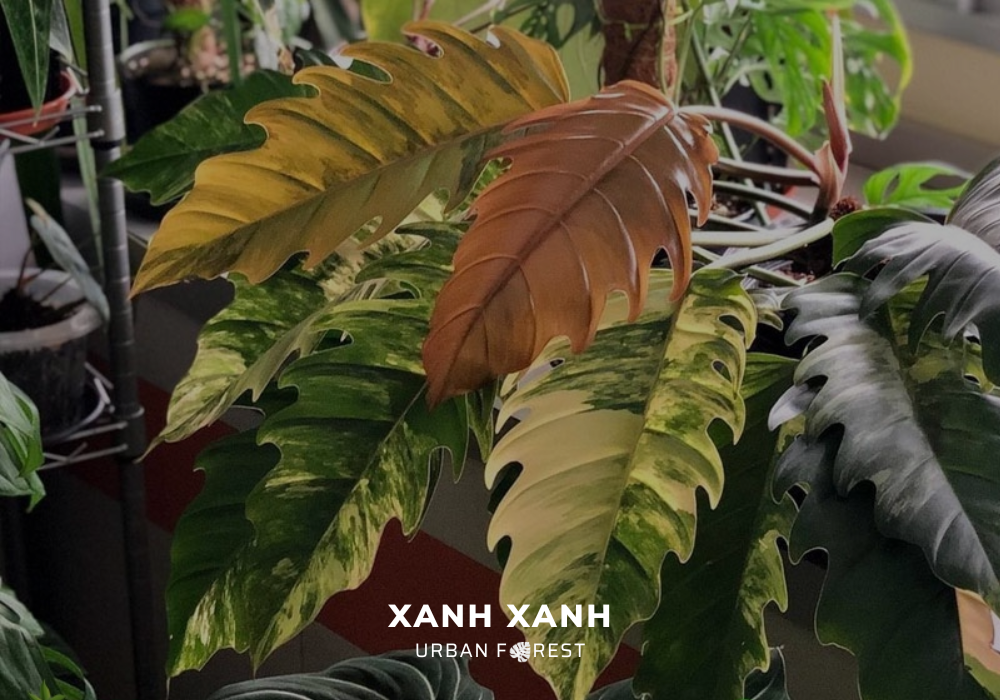
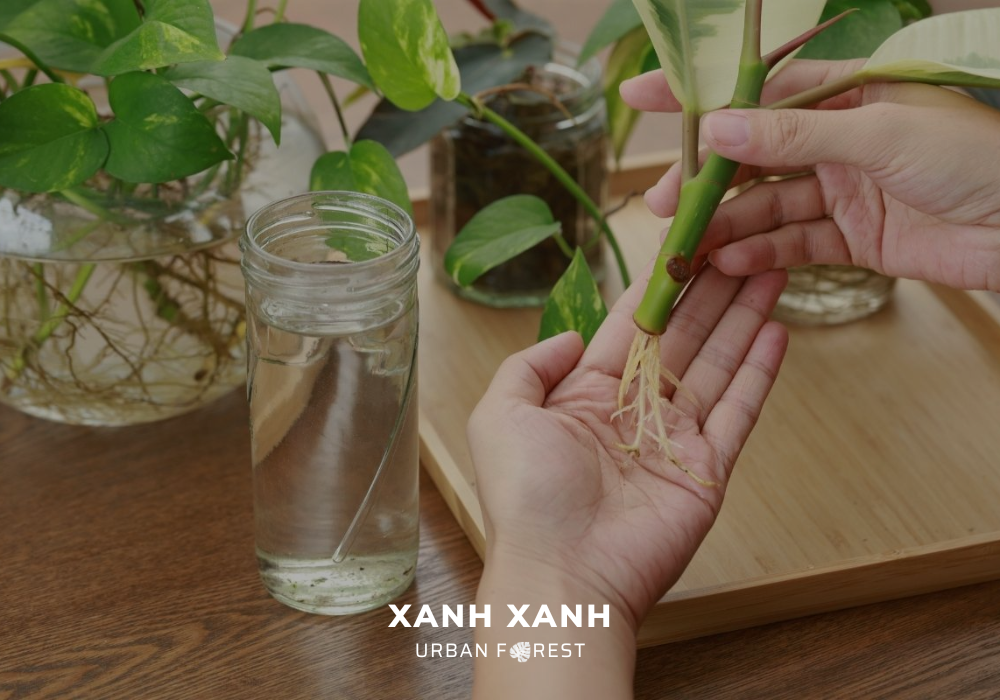
Pingback: 7 Stunning Variegated Houseplants: Nature's Living Masterpieces Revealed